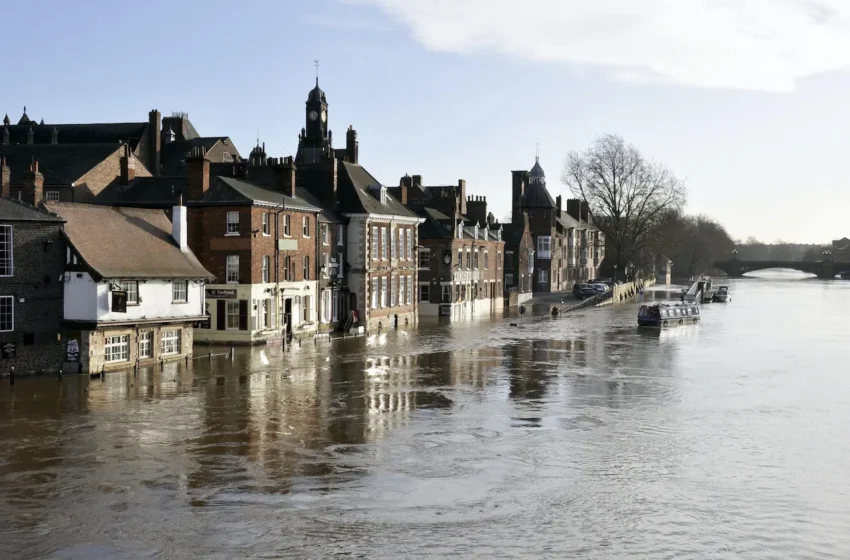
Opening the Floodgates: Will Sunak’s climate backtrack wash away ‘crumbling’ British infrastructure?
The past month has seen Britain and Western Europe battered by storms, with Storm Babet in late October and, more recently, Storm Ciarán wreaking havoc on homes throughout the UK. As our phones light up with daily weather warnings, it is only natural that we consider the government’s approach to preventing (or preparing for) climate change. Rishi Sunak’s climate U-turn, naturally, crops up as a particularly prominent concern. The Prime Minister’s speech at Downing Street in September outlined a ‘new approach’ to Net Zero, involving rolling back targets for the transition to renewable energy use in order to ‘ease the burden on families’. Yet the past month has seen major storms flooding homes and roads, causing widespread school and workplace closures, power cuts, and travel disruptions. Surely such significant damage only increases burdens on working families – so what does the government’s approach to climate change really mean?
According to a recent press release, thousands of flood defences in England were in ‘poor condition’ even before Storm Babet hit, with flooding costing ‘£700m worth of damage’ a year. Researchers warn that this figure could rise by 20% as a result of global warming, based on information gathered from a predictive flood risk simulation. Whether these particular storms are a direct result of climate change or a naturally occurring weather fluctuation cannot be ascertained beyond all doubt. However, according to Paul Morozzo at Greenpeace UK, extreme weather can be expected to become ‘more common and more intense’ if ‘bold action’ is not taken.
Morozzo adds that England’s ‘crumbling flood defences’ reflect the government’s ‘failure to tackle the climate crisis’. An absence of measures to tackle climate change, paired with 7% of flood defences being deemed substandard, is surely a mutually aggravating combination: the latter evidences unpreparedness for the consequences of the former. Morozzo describes the two concurrent failures as a ‘dereliction of duty’ on the part of a negligent government towards the ‘communities it is supposed to protect’ – the communities Sunak said would be better off following his ‘scrapped’ plans.
It is important to note that not all of England’s flood defences are maintained by the government’s Environment Agency. As stated in the press release, ‘over a quarter’ are privately owned by third-party groups that are often unknown and unnamed, with the EA unable to enforce proper maintenance standards. These privately owned structures are ‘almost twice as likely’ to be substandard. Whilst the EA stressed that an asset in ‘poor condition’ does not mean it has ‘structurally failed’, it certainly raises some red flags about their management.
The question of how to tackle climate change and reduce global warming may be a complicated one, but one thing seems clear: the government doesn’t seem to be trying to answer it. A non-committal attitude to climate targets does not pair well with poorly managed flood defences, whether they be privately or governmentally owned. And when the floodgates are left unattended, and nothing is done to mitigate the rising waters outside of them, there is much at risk of being washed away.

